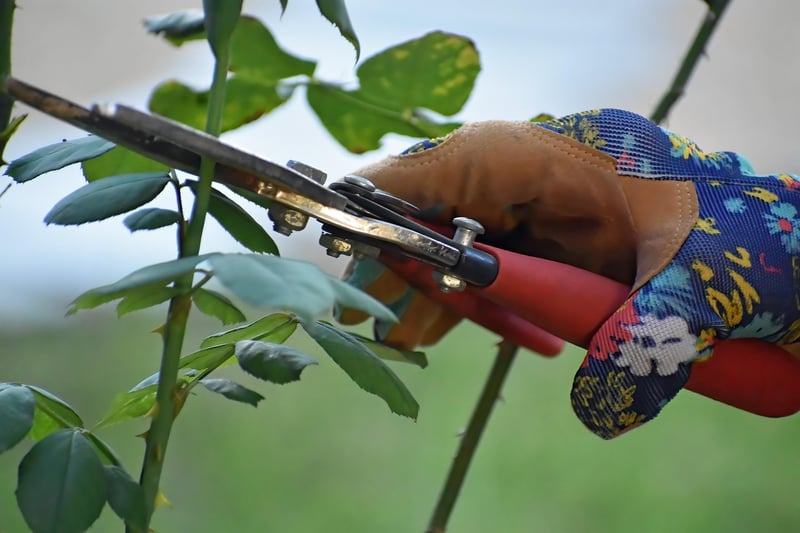Pruning Guide
Keep Your Garden Pristine with Our Pruning Guide
Welcome to our expert pruning guide! Keeping your garden in pristine condition requires regular maintenance, and pruning plays a crucial role in ensuring your plants thrive and look their best. Whether you're a seasoned gardener or just starting, our comprehensive guide will help you master the art of pruning.
The Importance of Pruning
Pruning is more than just cutting back overgrown branches. It promotes plant health, encourages new growth, improves the plant's shape, and enhances flowering and fruiting. Proper pruning also helps prevent diseases by removing dead or diseased wood.
Pruning Tools You'll Need
- Pruning Shears
- Loppers
- Hand Saw
- Pruning Saw
- Gloves
- Sterilizing Solution
Basic Pruning Techniques
- Deadheading: Remove spent flowers to encourage new blooms.
- Thinning: Remove select branches to improve airflow and light penetration.
- Heading Back: Cut back the tips of branches to control growth and shape.
- Renewal Pruning: Cut back old branches to rejuvenate the plant.
When to Prune
The timing of pruning depends on the type of plant. In general:
- Spring-blooming plants: Prune after flowering.
- Summer-blooming plants: Prune in late winter or early spring.
- Deciduous trees: Prune in late winter when dormant.
- Evergreen trees and shrubs: Prune in early spring.
Pruning Tips
- Start with sharp, clean tools to make precise cuts.
- Remove any dead, damaged, or diseased wood first.
- Prune at a 45-degree angle just above a bud or branch junction.
- Step back occasionally to assess the plant's overall shape.
- Take your time and don't rush the process.
Conclusion
By following our pruning guide and incorporating these tips into your gardening routine, you'll help your plants thrive and maintain a beautiful garden all year round. Remember, pruning is both a science and an art, so don't be afraid to experiment and learn as you go!
Happy pruning!

For more gardening tips and tricks, visit our website.
